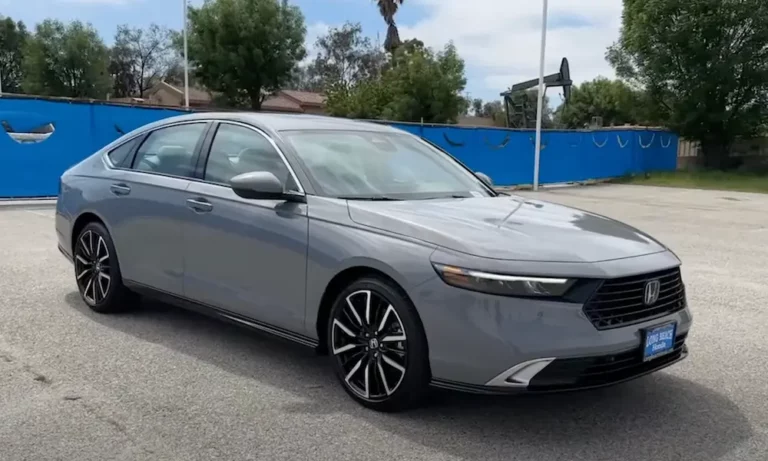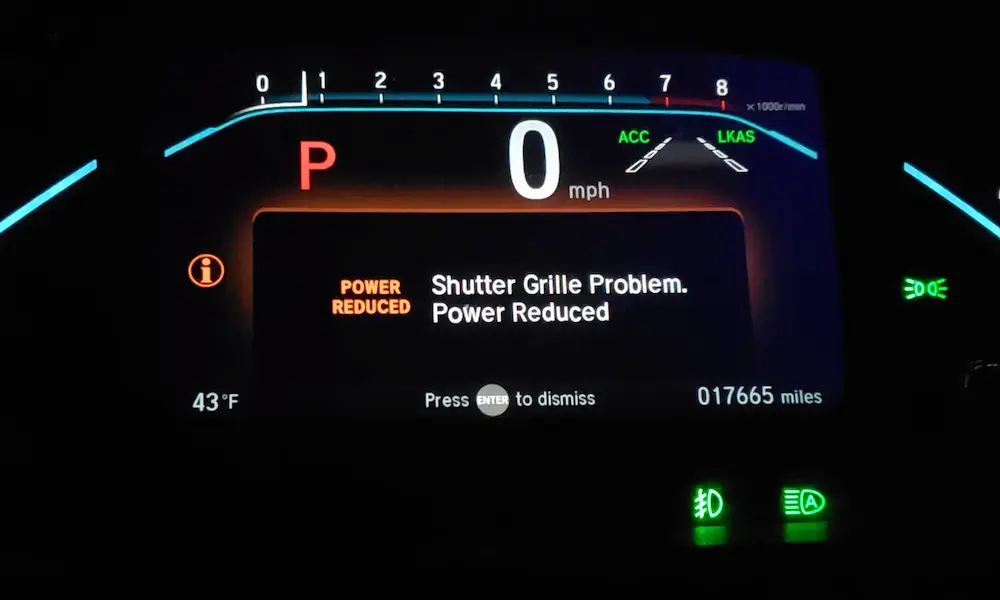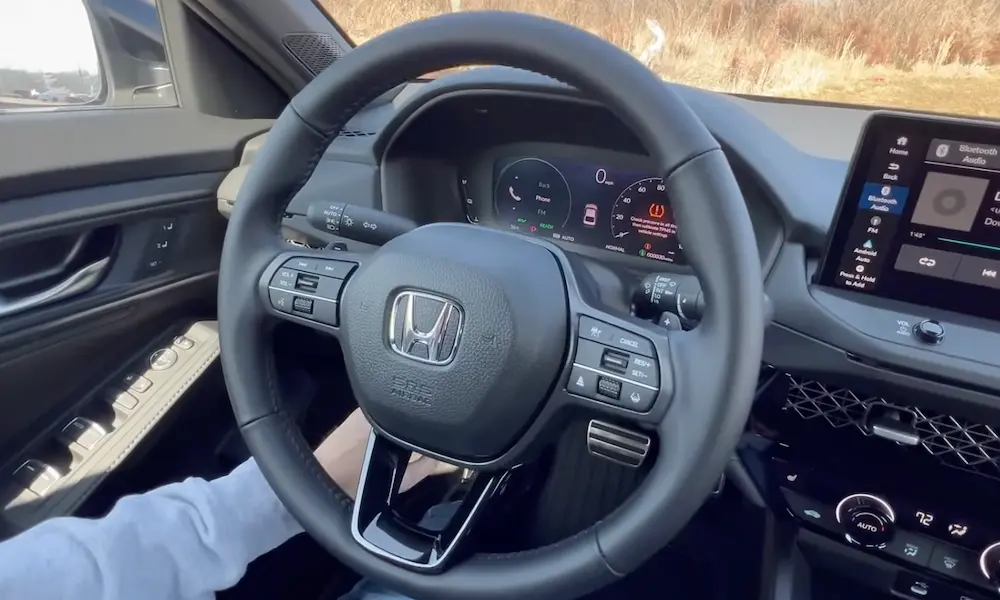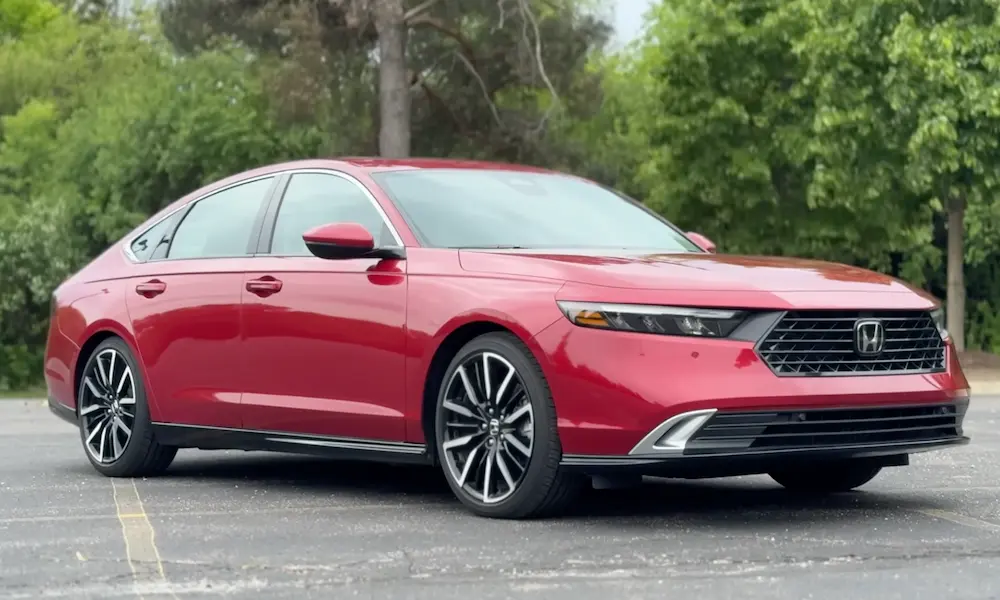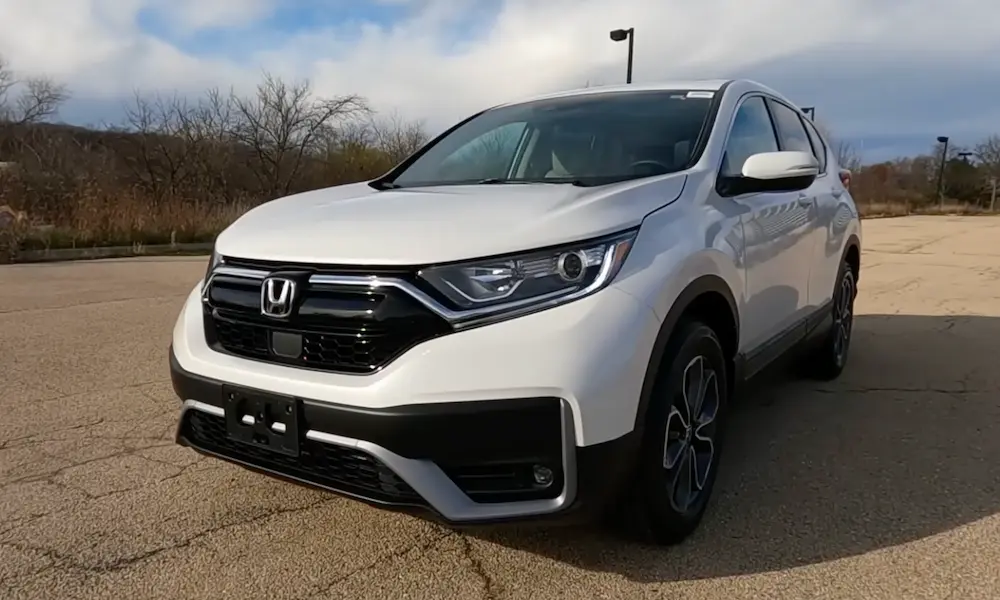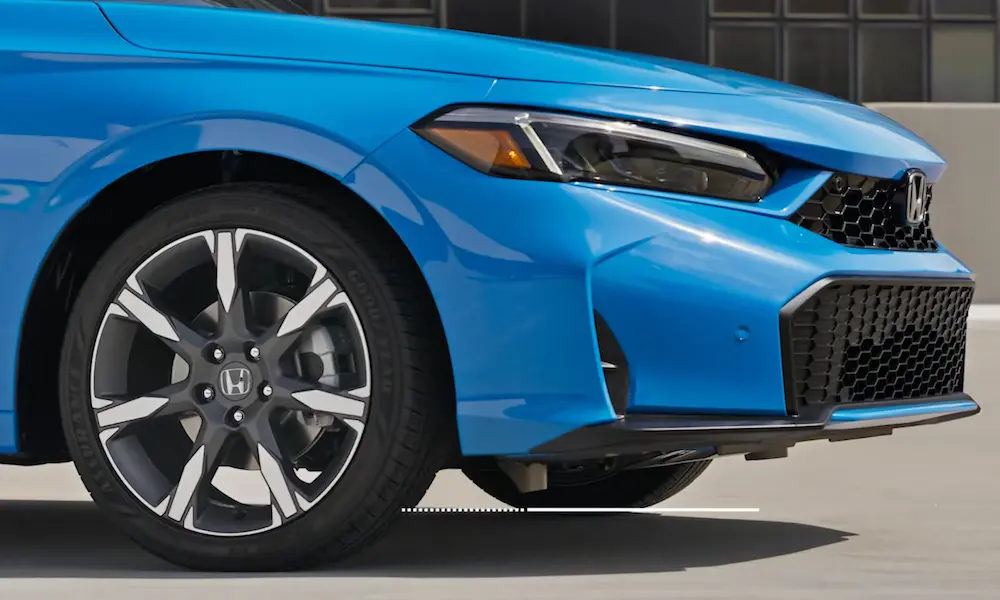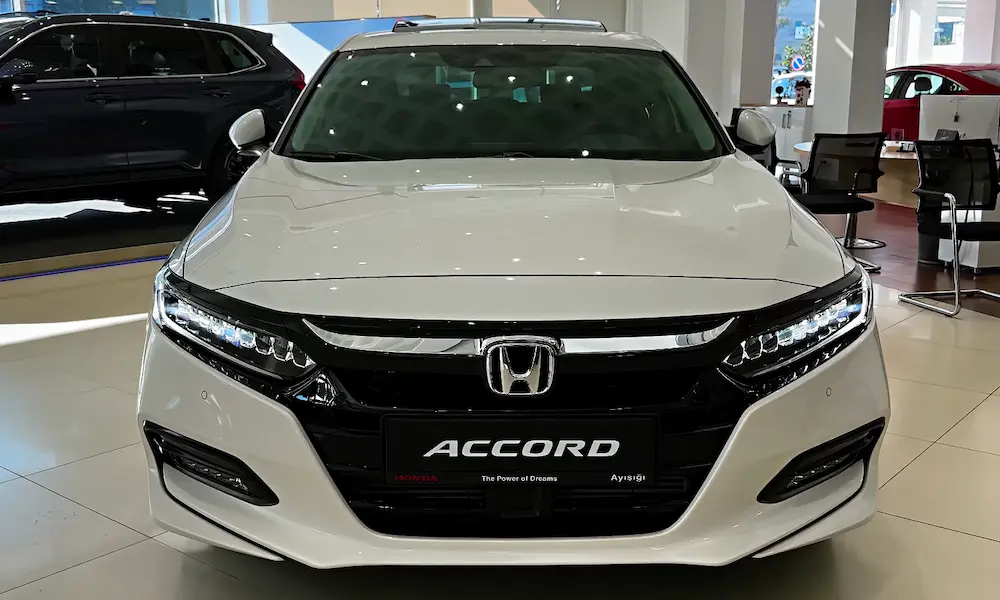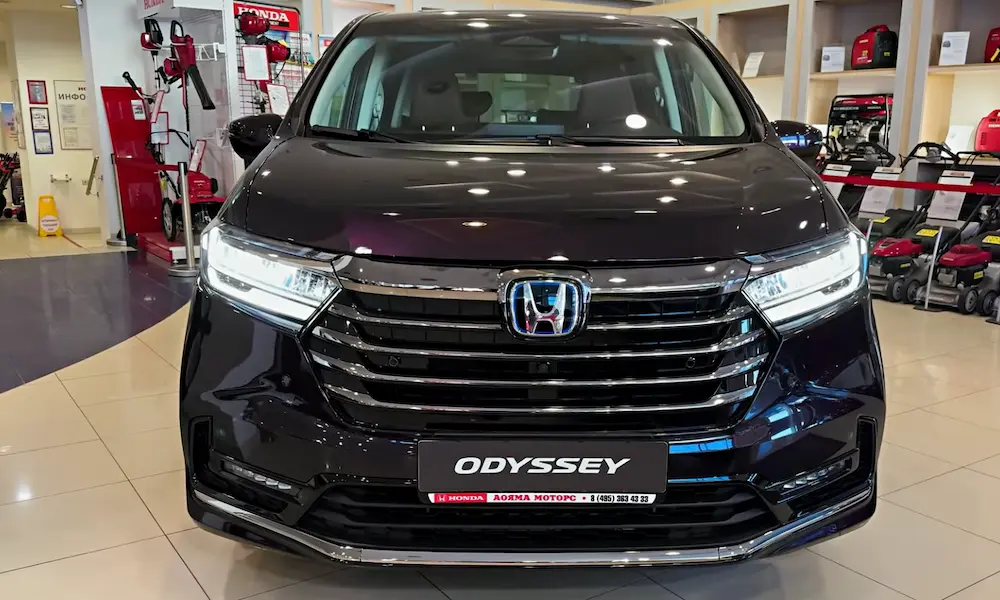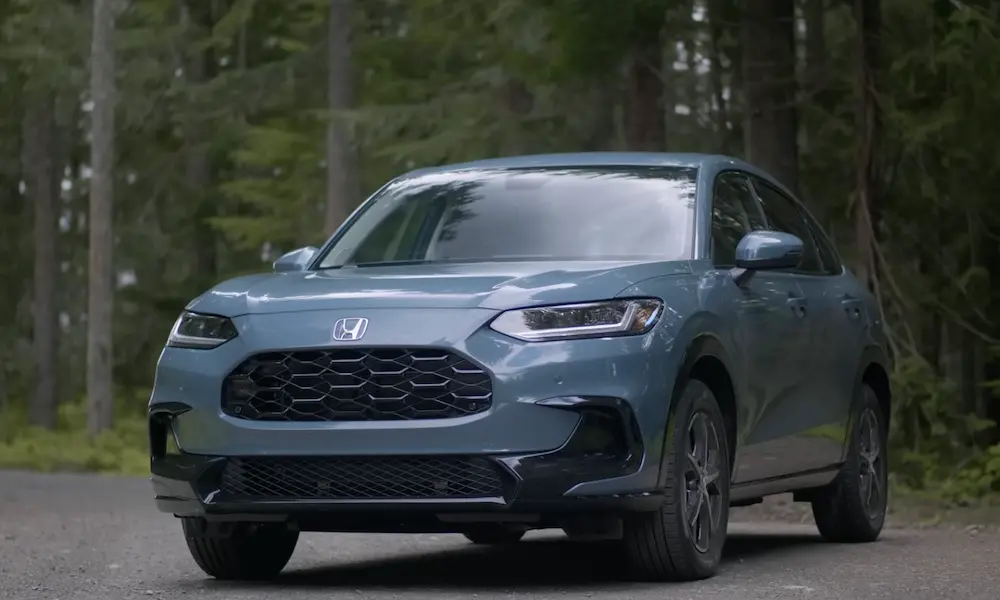Ever wondered where your Honda Accord actually comes from? You might be surprised to learn that this popular sedan has a manufacturing story that spans continents, though one American facility stands at the heart of it all. Whether you’re considering buying an Accord or just curious about the journey behind this iconic vehicle, understanding its origins adds another dimension to appreciating this enduring nameplate.
The Heart of Accord Production: Marysville, Ohio
The primary home of the Honda Accord is the Marysville Auto Plant (MAP) in Ohio. This massive 3.6-million-square-foot facility has been the backbone of Accord production since 1982, making it the first Japanese-owned auto manufacturing plant in the United States.
By 2023, this single facility had produced over 12.7 million Accords as part of its total 14.9 million vehicle output. The numbers tell the story: when people talk about where Honda Accords come from, the answer is predominantly Ohio, USA.
MAP employs around 4,700 workers and can produce more than 220,000 vehicles annually. The plant handles virtually every aspect of production including:
- Stamping body panels
- Welding components
- Painting bodies
- Final assembly
What makes MAP special is its integration of advanced technology with skilled craftsmanship. The plant recently invested $123 million in an updated paint facility that reduced energy consumption by 34% while improving quality.
The “Build Where You Sell” Philosophy
Honda’s approach to manufacturing follows founder Soichiro Honda’s philosophy of building vehicles close to where customers will buy them. This strategy has shaped how Honda distributes its production globally.
For the Accord, this means:
- North American models are primarily built in Ohio
- Regional variations may be produced at supplementary facilities
- The supply chain is heavily localized
This approach gives Honda several advantages:
| Benefit | Impact |
|---|---|
| Reduced shipping costs | Lower overall vehicle price |
| Quicker response to market demands | More customization for local preferences |
| Economic contribution to sales regions | Creates goodwill and jobs in key markets |
| Reduced carbon footprint | Less transportation emissions |
The strategy has paid off—the Accord consistently ranks in the top five of Cars.com’s American-Made Index, with approximately 75% domestic parts content in MAP-produced models.
Technological Advancements at Marysville
The Marysville plant isn’t just large—it’s cutting-edge. Recent upgrades have transformed how Accords are built, particularly with the introduction of hybrid variants.
Hybrid System Production
The 2023 Accord hybrid showcases MAP’s advanced capabilities. Unlike some manufacturers who outsource battery production, Honda conducts in-house assembly of Intelligent Power Units (IPUs) at a dedicated sub-assembly area within the plant.
This vertical integration gives Honda tight quality control over the hybrid system that delivers 247 lb-ft of torque. The facility has been specifically adapted to handle the specialized components needed for electrified vehicles.
Sustainable Manufacturing Practices
MAP implements several eco-friendly manufacturing techniques:
- Waterborne paint coatings applied by 84 robots, reducing VOC emissions by 62%
- A 20-million-gallon rainwater recycling system
- High-efficiency ovens in the paint shop
- 40% reduction in water consumption per vehicle compared to 2005
These innovations align with Honda’s broader sustainability goals while maintaining production efficiency.
Global Production Network: Beyond Marysville
While Marysville handles the majority of global Accord production, Honda does manufacture the model at select other locations to serve regional markets.
Thailand: Honda Prachinburi Plant
This facility produces right-hand-drive Accord models specifically for Southeast Asian markets. The Thailand-built Accords feature localized engine configurations to comply with regional emissions standards and preferences.
China: Dongfeng Honda
The Chinese market receives Accord derivatives including models badged as the Inspire and Elysion. These vehicles share platforms and technology with the North American Accord but include market-specific modifications.
Japan: Historical Significance
The Suzuka Factory in Japan was the original birthplace of the Accord in 1976. While it no longer focuses on Accord production, having transferred primary manufacturing responsibilities to Marysville, this facility represents the historical roots of the model.
North American-Specific Production Features
Accords built at MAP for the North American market have specific design and engineering characteristics:
- Chassis reinforcements optimized for American road conditions
- Unique suspension tuning compared to models sold in other markets
- Body structures containing 18% more high-strength steel than Japanese-market equivalents
- Region-specific calibrations for North American driving habits
About 15% of MAP’s Accord production is exported to Middle Eastern and Latin American markets, but these exports maintain the left-hand-drive configuration while receiving special treatments for different climate conditions.
Quality Assurance: How Honda Maintains Standards
MAP implements a rigorous three-stage quality verification process for every Accord:
- Precision Measurement: Laser scanners check body panel alignment within 0.5mm tolerances during the welding process
- Dynamic Testing: Completed vehicles undergo 7.5-mile simulated road tests on rolling dynamometers
- Environmental Testing: Random samples are subjected to extreme temperature testing from -40°F to 120°F
Unlike some competitors, Honda maintains an on-site crash test facility where approximately 1 in 500 Accords undergoes destructive testing. This immediate feedback loop allows engineers to implement structural improvements within just 72 hours of identifying potential weaknesses.
The Human Element in Accord Production
Despite all the technology, people remain central to building quality Accords. MAP’s approach to workforce development includes:
- A technical academy offering 12-week certification courses
- 89% of production associates holding advanced manufacturing credentials
- Ergonomics specialists who optimize workstations using digital human modeling software
The plant maintains a balanced approach to automation—about 65% of welding and painting processes are automated, while final assembly remains largely manual to leverage human dexterity for complex tasks like wiring harness and interior installation.
Future of Accord Manufacturing
The Marysville plant is evolving to meet changing automotive trends. As part of Honda’s $700 million Ohio EV Hub initiative, MAP will begin retooling in 2026 to accommodate battery electric vehicle production while continuing Accord output through 2030.
The plant’s sustainability goals include:
- Installation of a 20MW solar array to offset 30% of energy consumption
- A closed-loop aluminum recycling system reducing scrap by 92%
- Transition to bio-based materials for interior components
This evolution ensures that while the Accord may change over time, its Ohio manufacturing heart will continue beating.
How to Identify Where Your Accord Was Built
Want to know exactly where your specific Accord was manufactured? Check the Vehicle Identification Number (VIN):
- Look at the first character of your VIN
- If it’s “1” – Built in the United States (Marysville, Ohio)
- If it’s “J” – Built in Japan
- If it’s “T” – Built in Thailand
The 11th digit tells you which specific plant built your vehicle. For most Accord models sold in North America, you’ll see “1” followed by plant-specific codes that typically identify Marysville.
The Economic Impact of Accord Production
The Marysville Auto Plant doesn’t just produce vehicles—it generates significant economic benefits for the surrounding region. The plant supports a network of 12 U.S.-based parts suppliers across Ohio, Georgia, and North Carolina.
This localized supply chain creates a multiplier effect, where each Honda manufacturing job supports approximately 2.5 additional jobs in related industries. The plant’s economic footprint extends far beyond its physical boundaries, contributing to the broader automotive ecosystem in the United States.
Why Manufacturing Location Matters for Buyers
The origin of your Accord can affect several aspects of ownership:
- Parts availability: Vehicles manufactured domestically typically have better parts availability
- Transportation impact on quality: Fewer miles traveled before purchase means less exposure to transport-related issues
- Environmental footprint: Locally-built vehicles have a smaller carbon footprint from transportation
- Support for local economies: Purchasing vehicles built in your country supports domestic manufacturing
Honda’s localized production approach helps address these concerns for most buyers by building vehicles close to their final destinations.
The Accord’s Manufacturing Legacy
The story of where Honda Accords are manufactured reflects broader trends in global automotive production. When the Marysville plant began producing Accords in 1982, it represented a bold shift in how global automakers approached the American market.
Four decades later, MAP has produced millions of Accords and helped establish a new paradigm of localized production that many other manufacturers have since followed. This manufacturing legacy is as much a part of the Accord’s story as its reputation for reliability and value.
The journey from raw materials to the finished Accord in your driveway spans continents and involves thousands of skilled workers. While the primary answer to “where is the Honda Accord manufactured?” remains Marysville, Ohio, the complete picture includes a sophisticated global network that ensures this popular sedan meets the needs of drivers worldwide.

